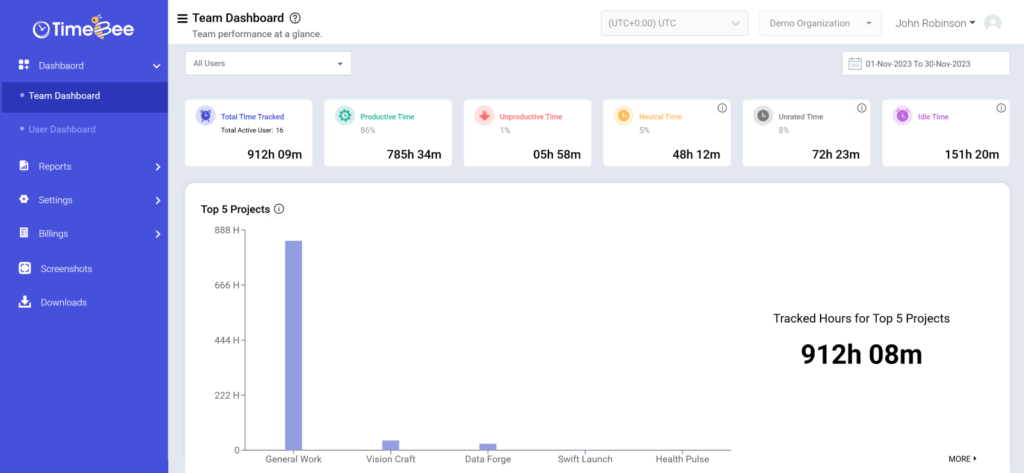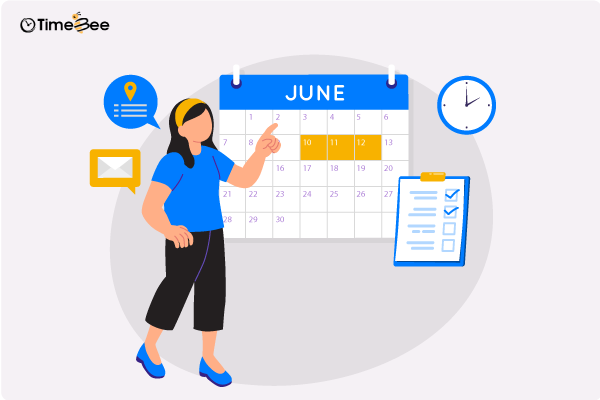Content
Content
Who doesn’t want to achieve more with less effort?
Whether you are a student, an employee, a business owner, or a wage worker, everyone wants a productive day.
However, most people will put a lot of time and effort into something only to achieve the bare minimum results at the end of the day. This can hinder productivity and even dampen motivation.
If you find yourself in this exhaustive routine, you’ve come to the right place. Today, we’ll discuss the Pareto principle, more commonly known as the 80/20 rule, which you can use to supercharge your productivity.
What is the Pareto Principle, and How Was it Originated?
The Pareto Principle, also known as the 80/20 rule, states that roughly 80% of consequences come from 20% of causes for many outcomes. Italian sociologist and economist Vilfredo Pareto wrote the principle in his work Cours d’économie politique.
Pareto observed that approximately 80% of the land in the Kingdom of Italy was owned by 20% of the population. He conducted multiple surveys and found this is true for most countries. Later, he applied the ratio to other scenarios.
How Does the Pareto Principle Work?
The Pareto principle has more applications in economics. However, many businesses use the technique because it promotes smart work.
The principle applies to multiple aspects of a business; for instance, 20% of strategic investments could account for 80% of your capital. 20% of sales representatives will generate 80% of your total sales, and 20% of customers will generate 80% of total profits and vice versa.
So, overall, the principle first observes which of the 20% has the potential to bring the 80%. Then, it optimizes that 20% to gain the anticipated 80%.
How Does the Pareto Principle Help with Increasing Productivity?
To improve productivity in a business, one has to polish 20% of the employee potential, which brings in 80% productivity. Here is how you can apply that principle.
Track Time
Time tracking is always the first step in increasing productivity. To apply the rule, you must log in all your time, including the time you are not spending on work. Check how you allocate it across various tasks and projects.
This time tracking will help you identify two aspects. First, what tasks made you more productive? Second, which hours of the day were you more productive? This analysis forms a basic premise to apply the rule.
Once you have figured out which 20% of the time was much more productive than the rest of the day, you need to work on it to maximize productivity.
To get accurate results, you need to get actual results. Logging time manually can take time, so go for automation.
Implementing 80/20 Rule: Track Time with TimeBee

TimeBee is a time-tracking and productivity-monitoring tool that helps you track your time precisely and log your activities throughout the day. While working, TimeBee can help you identify which hours you were most productive so you can implement the rule on real-time data rather than speculations. TimeBee offers the following insights.
- Identify Time Sinks: TimeBees graphs can help identify employees’ unproductive hours. By diving deep, you can check the tasks they were doing. Further, you can check what work takes more time and whether automation is available.
- Categorize Tasks: TimeBee allows you to break down every work into tasks. You can identify what tasks offer more results when you spend time on them. Later, you can modify the priorities for such tasks.
- Track Project Progress: TimeBee’s project monitoring allows you to identify the time spent on completion. Further, you can understand which employees are more productive and what roadblocks impact the project.
- Generate Productivity Reports: Use TimeBee’s comprehensive reports to gain valuable insights into team and individual performance. Identify employees who consistently exceed task expectations, optimize them per the principle, and observe the results.
Productivity Audit

Time tracking serves as the foundation for conducting a productivity audit. Once you start tracking time, an analysis of productivity follows suit. Productivity analysis comes from auditing certain metrics. These metrics may involve project milestones, deliverables, key performance indicators (KPIs), and other work relevant to productivity.
To implement the Pareto principle, you should analyze the current utilization of these metrics and their impact on productivity. Analyze the resources that have the potential to produce 80%, assess them, and collect the data. Much of this analysis can come from tools like TimeBee itself, which can highlight your employees’ productivity.
Once you have collected all the data, develop a strategy about what metrics can increase productivity with minimum effort. The ultimate goal of the productivity audit is to generate actionable insights that can drive meaningful improvements in productivity.
Prioritize Your Tasks
Prioritizing tasks is a fundamental aspect of effective productivity enhancement. It involves identifying and organizing tasks based on their importance, urgency, and impact on overall goals.
If you’ve conducted the productivity audit, you already have insights into project progress, so identifying productive tasks is much quicker. Techniques, including the Eisenhower Matrix and the ABC Method, are available for prioritizing tasks. So, how does the Pareto principle fit?
In context to the Pareto principle, one should prioritize tasks that are part of the 20% that increase productivity by 80%.
For example, attending a training session might take some time, but it will equip you with skills that will increase your productivity and decrease your reliance on others.
Priority tasks in other techniques are likely included in the 20%. So, using multiple techniques can verify that you are going in the right direction.
It is necessary to carry out continuous evaluations and adjustments after creating a strategy as priorities shift, new tasks arise, or sometimes circumstances change.
Want to Control Workflow and Boost Productivity?
Use TimeBee
Automate Repetitive Task
Automating repetitive tasks involves leveraging technology and systems to streamline and execute routine activities with minimal manual intervention. This approach helps individuals and organizations save time, reduce errors, reduce workload, and allocate resources more efficiently.
It is also an efficient way to increase productivity. It can increase the potential of 20% of employees contributing to the bottom line, or the automation itself can be the factor that reduces 80% of the workload. You can go with either, and it will increase the productivity.
To apply the principle, identify the repetitive tasks and tools you should acquire. Compare the costs and implement it. Test it for a significant period and analyze the outcome.
Decision-Making
Decision-making is the point where you stop strategizing and start implementing. Here, you need to decide on everything that you have collected. Per the Pareto Principle, you must choose the option that increases productivity by 80%.
So, this principle assists in the decision-making process. From identifying productive employees to providing them with tools to improve their productivity, you choose the best 20% of your resources.
However, the process doesn’t end here. To get the most out of this process, keep checking the ratio and making changes so the strategy increases overall profits.
Limitations to the Pareto Principle
While the 80/20 rule offers valuable insights into productivity and resource allocation, it has limitations.
- Not Universally Applicable: The Pareto principle cannot be applied to all situations. For instance, 20% of employees are not responsible for doing 80% of the work.
- Simplistic Assumption: Pareto principle only focuses on a single factor and ignores other variables that could be significant. For example, assuming that 20% of code generated 80% of the problems, you may ignore an intricate piece of code that needs fixing first.
- Subjectivity in Classification: Choosing the best 20% discards the efforts of the other 80%. This rule can create disparity, specifically when it comes to persons. You must focus on more than 20% of your employees.
- Static Analysis: The Pareto Principle denies the evolution of circumstances. It does not focus on the fact that inputs can be changed as per requirements, which may make the first deductions outdated.
- Risk of Overlooking Minor Factors: While the Pareto Principle highlights the significance of focusing on high-impact factors, it may lead to overlooking minor factors that contribute cumulatively to overall outcomes.
- Not a Substitute for Strategic Planning: The 80/20 rule cannot stand alone in strategy. Relying solely on it for decision-making without considering broader strategic objectives may lead to limited outcomes.
Summing up
The 80/20 rule represents a powerful and practical approach to maximizing productivity within your organization.
By identifying and focusing on the 20% of efforts that deliver the most significant results, You can use it to determine the potential productivity metrics you already have. Further, it provides data to help make decisions and enhance the overall outcome of those metrics.
Although it may have limitations, it can achieve agreeable results with assistance from other techniques and automation.
Unlock the 80/20 Rule, Achieve More with Less Effort
Get TimeBee Today
Similar Reading



